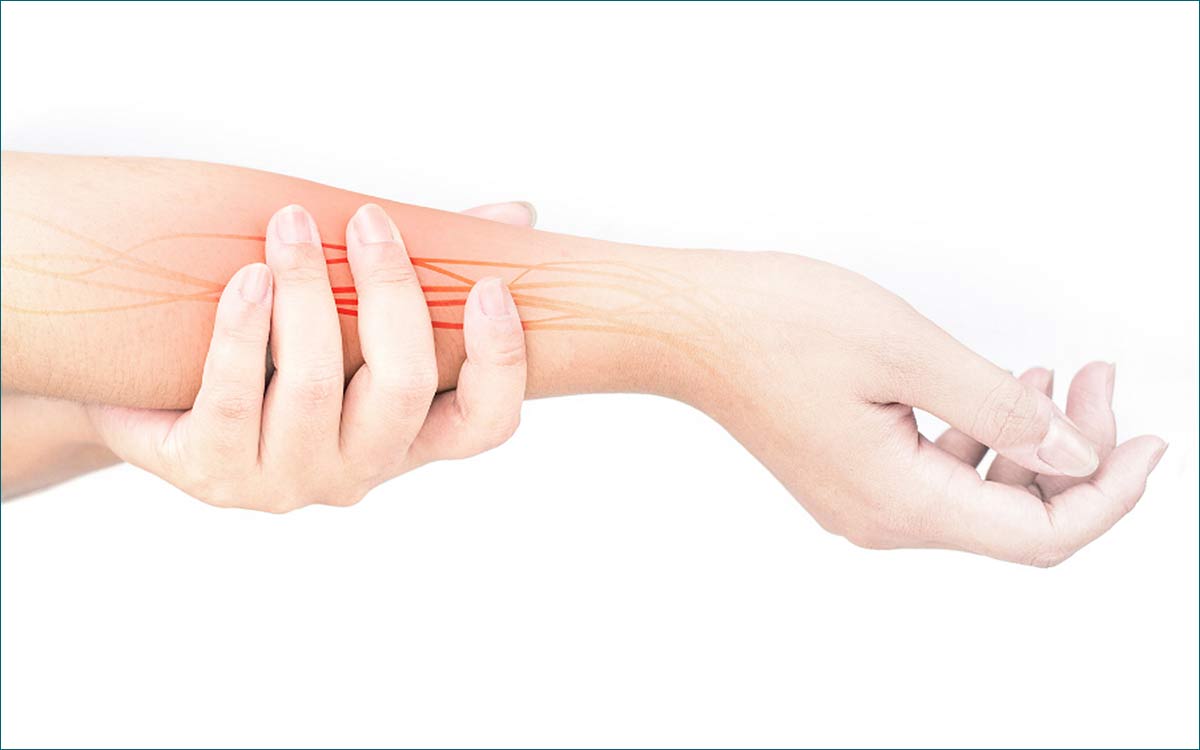

The lacertus fibrosis is an aponeurosis layer of the distal biceps, coursing obliquely in a distal and medial orientation.

Palmar cutaneous branch arises approximately 6 cm proximal to radial styloid and passes superficial to the flexor retinaculum to innervate the thenar skin. Terminates in the pronator quadratus (PQ). Supplies all the superficial flexor muscles of the forearm except the FCU.Īnterior interosseous nerve branches 4 cm distal to elbow and runs between the FPL and FDP, supplies all the deep flexors except the ulnar half of the FDP. In forearm, the median nerve splits the two heads of the pronator teres and then runs between the FDS and FDP. It Supplies some branches to the elbow joint but has no branches in the arm itself. It accompanies brachial artery in the arm, crossing it during its course (lateral to medial) approximately 15 cm from the medial epicondyle. The median nerve arises from the medial and lateral cords, (C5-T1). See Also: Carapal Tunnel Syndrome Related Anatomy Median Nerve

Pronator syndrome differentiated from Carapal Tunnel Syndrome CTS by proximal volar forearm pain and sensory disturbances in distribution of palmar cutaneous branch of the median nerve. It’s more common in women in the fifth decade of life. Pronator Teres Syndrome (PTS) is a compression of the median nerve in the arm/ forearm.


 0 kommentar(er)
0 kommentar(er)
